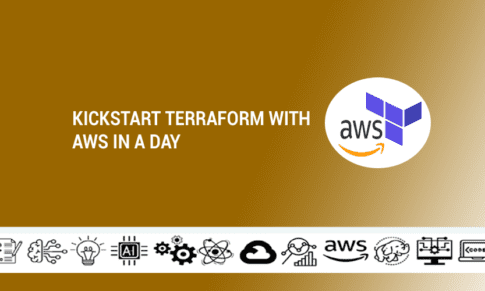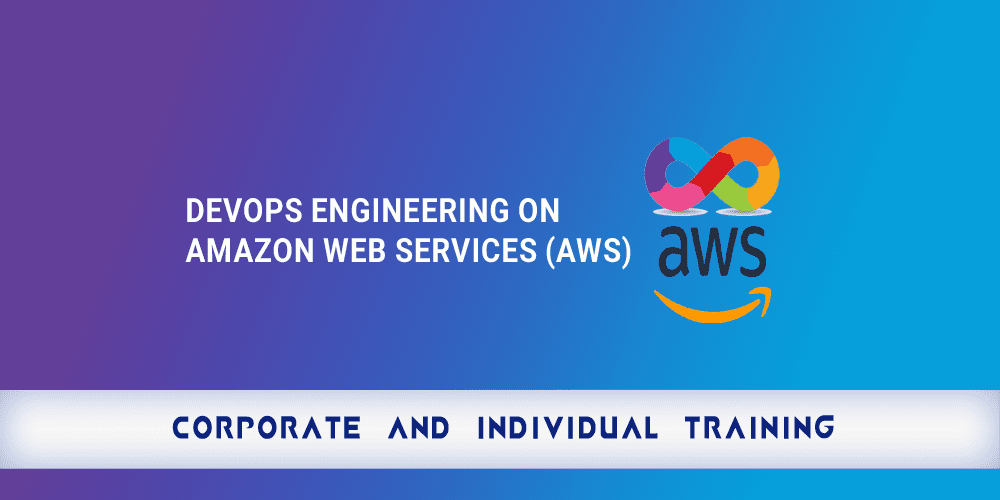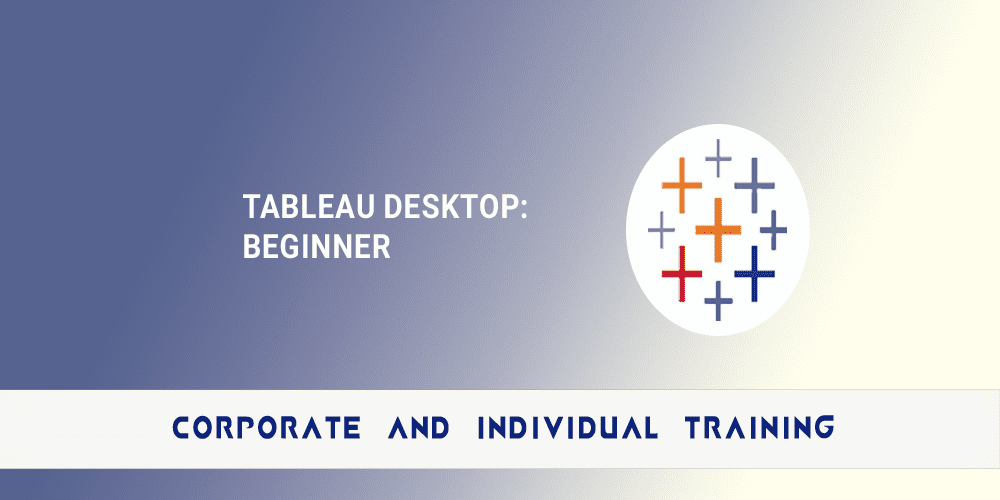Artificial Intelligence for Text, NLP and Forecasting
- Created By raju2006
- Last Updated February 16th, 2025
- Overview
- Prerequisite
- Audience
- Curriculum
Description:
Most of the data collected these days are unstructured. A large and vital part of this unstructured data is in a text format. AI and Deep Learning techniques enable the use of text for a wide range of applications including language understanding and translation. This course will teach you how to build models for text, natural language and other sequence data.
Long Description:
Unlock the potential of AI for text, NLP, and forecasting with our comprehensive training. Dive into the world of unstructured data and learn how to harness the power of text for various applications, including language understanding and translation. Build your expertise in AI and Deep Learning techniques, crafting models for text and sequence data. Master Recurrent Neural Networks (RNNs) and their variants like Long Short-Term Memory (LSTM) for natural language processing (NLP). You'll work hands-on with Keras/TensorFlow, starting with shallow neural networks and progressing to advanced Deep Learning architectures. Elevate your skills and apply AI to tackle real-world challenges in text and language data. Join us today to become an AI specialist in text, NLP, and forecasting.
Course Code/Duration:
BDT6 / 3 Days
Learning Objectives:
After this course, you will be able to:
- Compare AI vs ML vs DL
- Understand TensorFlow and Keras
- Understand sequence algorithms
- Understand Recurrent Neural Networks (RNN)
- Understand use cases for Recurrent Neural Networks
- Understand RNN variants such as Long short-term memory (LSTM)
- Discuss text and language processing applications for AI
- Do natural language processing (NLP)
- Understand the fundamental techniques through AI Demos and hands-on labs
- Python experience
- Basic understanding of Machine Learning
- This course is designed for Software Architects, Developers, Data Engineer, Data Analyst and Machine Learning Engineer.
Course Outline:
- Course Introduction
- Compare AI vs ML vs DL
- Introduction to neural networks
- The math behind neural networks
- Activation functions
- Vanishing gradient problem and ReLU
- Loss functions
- Gradient descent
- Back propagation
- Understanding the intuition behind neural networks
- Introducing Perceptrons
- Single Layer linear classifier
- Step Function
- Updating the weights
- Linear separability and XOR problem
- Hidden Layers: Intro to Deep Neural Networks and Deep Learning
- Hidden Layers as a solution to XOR problem
- The architecture of deep learning
- Introducing Keras/TensorFlow
- What is Keras?
- Using Keras with a TensorFlow Backend
- Lab: Using Keras to implement a neural network
- Introducing TensorFlow
- TensorFlow intro
- TensorFlow Features
- TensorFlow Versions
- GPU and TPU scalability
- Lab: Setting up and Running TensorFlow
- The Tensor: The Basic Unit of TensorFlow
- Introducing Tensors
- TensorFlow Execution Model
- Lab: Learning about Tensors
- Recurrent Neural Networks in Keras/TensorFlow
- Introducing RNNs
- RNNs in TensorFlow
- Lab: RNN
- Long Short-Term Memory (LSTM) in TensorFlow
- Text processing elements
- TF-IDF
- Word2vec
- Tokenizers, n-grams
- Stopword removal
- Sentiment analysis
- Text processing pipelines
- Natural Language Processing
- What is NLP?
- Sensory Acuity
- Behavioral Flexibility
- NLP Techniques
- NLP and Deep Learning
- Word2vec
- Learning word embedding
- The Skip-gram Model
- Building the graph
- Training the model
- Visualizing the embeddings
- Optimizing the implementation
- Text classification with TensorFlow
- Automatic translation (seq2seq)
- Text generation with RNN
- Named entity extraction with RNNs (sequence modeling)
- Bidirectional LSTM with attention
- Natural Language Processing pipelines
- Conversational AI
- Introduction to the Rasa framework
- Generating natural language
- Understanding natural language
- Chatbots
- Time series processing and forecasting elements
- Traditional Time Series forecasting with ARIMA models
- Defining Autocorrelation
- Understanding the Dickey-Fuller Test
- Forecasting with TensorFlow and Keras
- Using RNN and LSTM in time series prediction.
- Validation and metrics of Time Series Prediction models
- References and Next steps
Structured Activity/Exercises/Case Studies:
- Keras Hands-on
- TensorFlow Hands-on
- Using TensorFlow to create an RNN
- Sentiment analysis project
- Natural Language Processing project
Training material provided:
Yes (Digital format)


